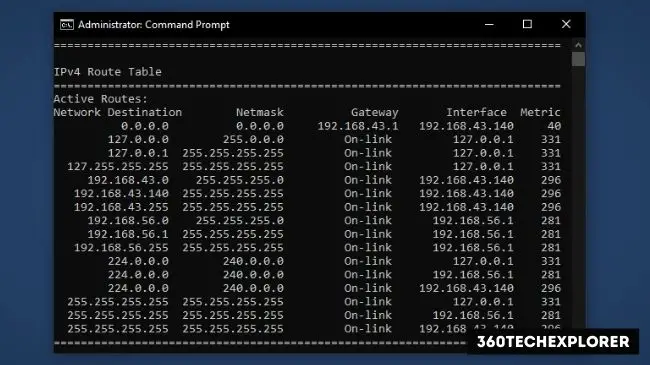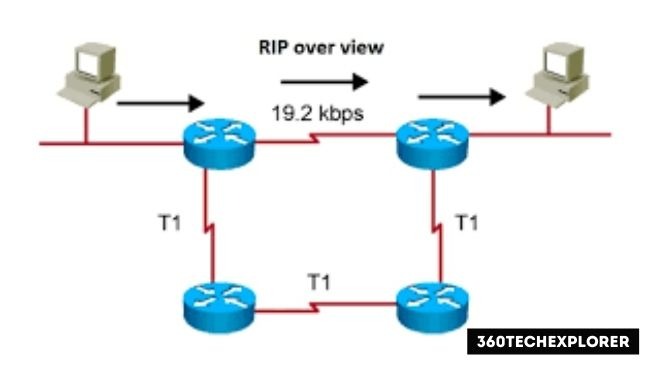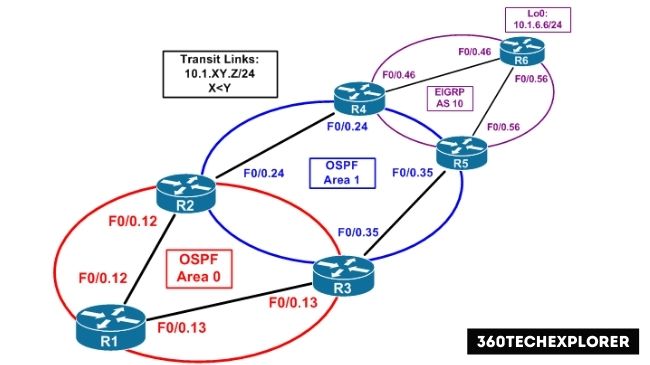Unfortunately, there are no two words exact answer for you but I guaranteed if you read this article you get the answer with the proper reason.
Which network protocol is used to route IP addresses?
IP addresses routing gets done by Internet Protocol (in-short IP) but if you are doing something complicated like policy-based routing, multi-homed connection, etc. In that situation, it uses other routing protocols like RIP (Routing Information Protocol), OSPF, EIGRP, etc.
Below I describe this answer in more depth.
The routing of IP packets across a network isn’t so much a protocol as an algorithm used in each router. Just like your PC, each router holds a routing table that is essentially a set of IP address matching rules against the various ports that the router has.


Simplistically, for each packet that it receives, a router matches the packet’s destination IP address against the matching rules in this table, to identify which port to use to forward this packet to the next router. Each router does this independently. It would be a huge overhead if instead routers had to chat with each other to determine how to route every packet.
However, for this approach to be able to get any packet across many routes to its destination, these individual router routing tables all have to be coordinated and kept up to date. This is where routing protocols come in.
These protocols communicate routing information across all the routers in the network. The routing protocols coordinate all the individual routing tables to ensure that the routers effectively work together to route packets successfully and efficiently across the network.
There are a variety of routing protocols in common use, and you can find a summary of these:
RIP (Routing Information Protocol)


Routing Information Protocol (RIP) is a dynamic routing protocol that uses hop count as a routing metric to find the best path between the source and the destination network. It is a distance-vector routing protocol that has an AD value of 120 and works on the application layer of the OSI model. RIP uses port number 520.
OSPF (Open Shortest Path First)


OSPF is a routing protocol for Internet Protocol (IP) networks. It uses a link-state routing (LSR) algorithm and falls into the group of interior gateway protocols (IGPs), operating within a single autonomous system (AS).
EIGRP (Enhanced Interior Gateway Routing Protocol)


EIGRP is an advanced distance-vector routing protocol that is used on a computer network for automating routing decisions and configuration. EIGRP is used on a router to share routes with other routers within the same autonomous system.


